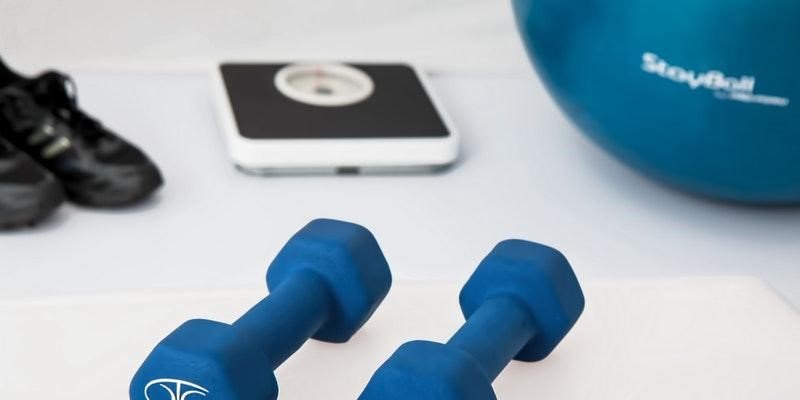
Effective Home Fitness Tips for Busy People
We all lead such a busy life that sometimes finding the time to get up and go to the gym is just not possible. Not only is going to the gym time consuming, but it can also be very expensive, and sometimes there are no gyms that are convenient for you to get to. An alternative is to do a workout at home. You may think it’s not possible to get a good workout in when just at home, but you will be surprised about just how effective they can be.
Consistency is key to getting a good work out and seeing results, and it is much easier to achieve this when you don’t have to travel anywhere to get a workout in. You can easily buy equipment like exercise band or tubing, dumbbells, push up bars and fit balls locally, and then these can then be used to create your own routine that works all the muscle groups in your body.
A basic at-home workout should include 5 different elements, these are a warm-up, a cardiovascular workout, strength-building exercises, flexibility moves and then finally a cooldown. There are many different ways you could complete each section.
5 Home Workout Elements

- Warm-up – A warm-up could involve a fast walk or a slow pedal on a bike.
- Cardiovascular – These exercises are designed to get the heart rate up, so you could increase your walk to a bit of a run, do some jump rope or find a cardio exercise workout online.
- Strength building – The resistance part of the workout is used to build up your muscles, and these exercises could include squats, abdominal crunches or the use of dumbbells and resistance bands.
- Flexibility – One of the best ways to increase your flexibility is to try a few yoga moves.
- Cool-down – A cool-down should usually be similar to the warmup. It brings the heart rate down to a normal level in a slow and controlled manner.
A workout can vary in length depending on the amount of time you have but should always include a warm-up and a cool down. If you don’t have much time, then simply increase the intensity of your workout, and when it comes to resistance, use exercises that work for more than one muscle group at a time. If you don’t have the time or knowledge to plan your own workout, then it is easy to find one online or in a magazine.
Starting Out
If you don’t generally work out, getting started can sometimes be a bit of a challenge. Beginners should usually try to aim for around 30 minutes of cardiovascular exercise 3 times a week and then between 20 to 30 minutes of strength workouts 3 times a week. When doing the strength exercises, try to make sure that you are covering all the muses groups.
Always listen to your body and don’t overdo it. Start slowly and then the more you work out, the more you can increase the intensity and work yourself harder.
Working out at home has lots of advantages, primarily saving time and money. However, at home, it is also very easy to be distracted with day to day life, especially if others depend on you. A good way to stay on track and avoid these distractions is to get your workout done as soon as possible, early in the morning. Get the workout over and done with, and then you can get on with the rest of your day.
Tips for Exercising at Home
- Get in the frame of mind that exercising is part of your routine and should be a part of your lifestyle as much as eating, sleeping and going to work. Making exercise part of your day to day life will make exercising regularly much easier.
- Challenge yourself. The harder you work, the less likely you are to get bored with your routine. Scan the internet, read fitness magazines and ask friends and family for new ideas. The more you can vary your workout, the less of a chore it will become. However, it is always important to make sure that you are exercising correctly, and if you don’t have a fitness instructor to show you how, then study pictures online and in magazines to ensure you have the right form.
- If you find yourself an exercise partner, this can be a great motivation to work out. When you work out as a pair, not only is it a lot more fun, but you’ll be less likely to find excuses and let each other down.
- Set yourself goals and work towards them. Make sure the goal you set is something achievable, and then reward yourself with every small milestone you hit, this should help with keeping your motivation up.
- Set yourself a workout plan and stick to it. If something comes up and you have to rearrange your plan, make sure you reschedule straight away so you are not just missing out on a workout.
- Writing things down can help you work out patterns and find what works for you. Even if you are having a bad day, this should be written down so you can ensure it doesn’t happen again.
About the Author

Ann Kaknon has been in the fitness industry for over 10 years including work as a dietician, personal trainer, and athletic trainer. She now spends her time at home with her kids and writing about her fitness experiences on the side. If you want to contact her you can do so on her LinkedIn or blog.




